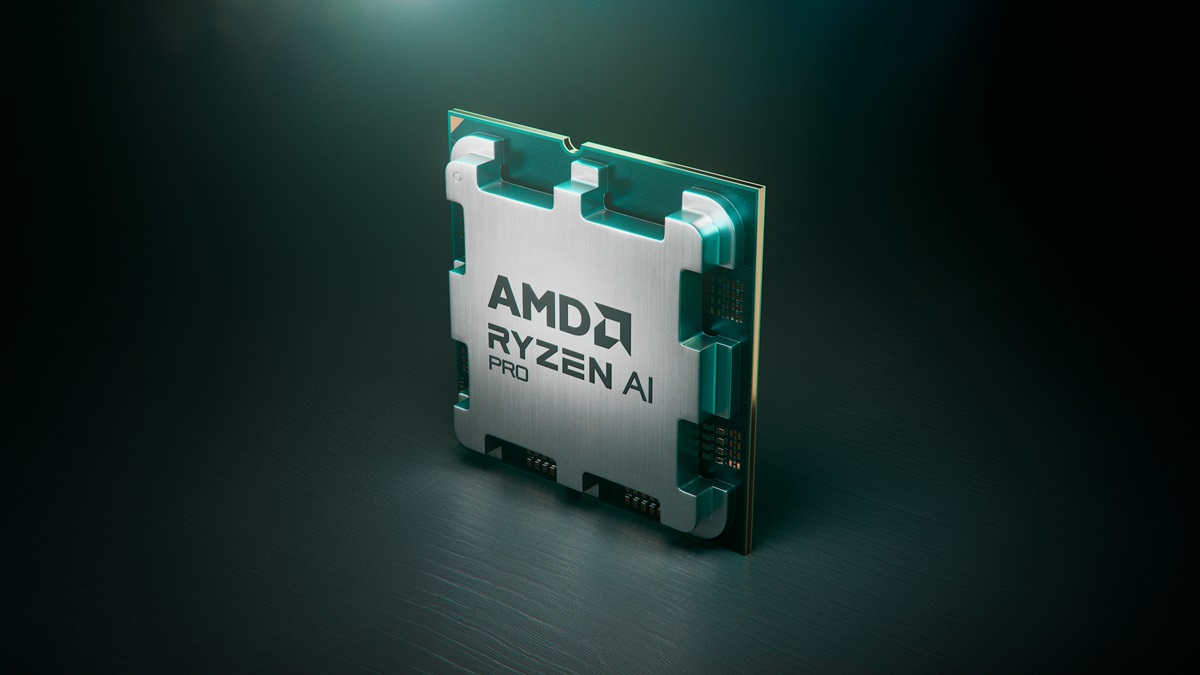Advanced Micro Devices reported strong data center revenue that grew 80% in the first quarter ended March 31, but gaming revenue fell 48%.
Just like at rival Nvidia, AMD’s data center and client segments are driving revenue growth for the company that are far outgrowing the company’s presence in gaming.

Unlock premium content and VIP community perks with GB M A X!
Join now to enjoy our free and premium membership perks.
![]()

![]()